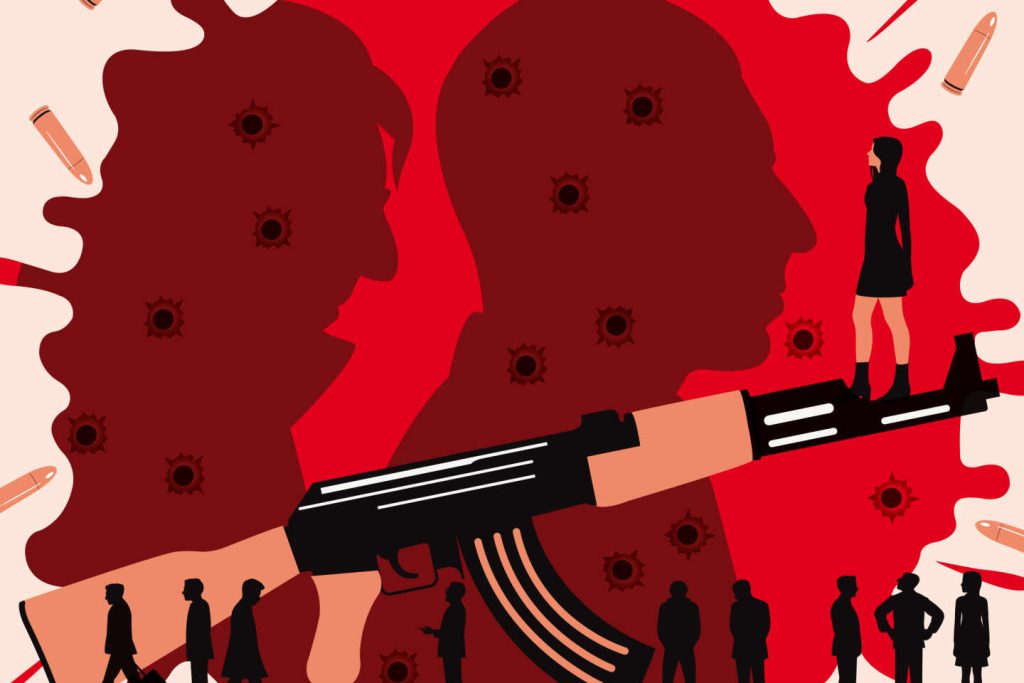In December 2017, two men were shot outside Bastia-Poretta airport, with one of them being fatally wounded and the other passing away later in the hospital. Both men, Antoine Quilichini and Jean-Luc Codaccioni, were high-ranking members of a mafia gang in Corsica, and the shooting was believed to be part of a vendetta between rival factions within the organization. The assailant, wearing a latex mask, used both a kalachnikov and a pistol to carry out the attack before fleeing the scene in a waiting car. The incident shook the community and led to arrests of suspects, including the Guazzelli brothers, who were linked to the Germani clan.
The trial for the vendetta killings opened in May before the court of assizes in Aix-en-Provence. Sixteen individuals were accused in the case, with one having been murdered since being charged. Among the defendants were sons of former mafia leaders who had met violent ends, creating a group known as the “clan of orphans.” The proceedings shed light on the inner workings of the Corsican mafia and the longstanding feuds that defined their criminal activities. The trial offered insight into the violent nature of the gang conflicts and the lengths to which individuals would go to seek revenge or assert their dominance within the organization.
One of the most intriguing figures in the case was Cathy Sénéchal, a former prison guard at Borgo prison, who played a key role in the assassination of Jean-Luc Codaccioni. Sénéchal, portrayed as a fictional character in the film “Borgo,” admitted to providing crucial information to the shooter that allowed him to identify Codaccioni at the airport. Her motivations for her actions were complex, involving financial gain and a desire for excitement in her otherwise mundane life. Sénéchal’s involvement in the crime added a new dimension to the story, as a female outsider with ties to the criminal underworld.
The unfolding drama in the courtroom offered a rare glimpse into the inner workings of the Corsican mafia and the complex relationships that dictated their actions. The legacy of violence and retribution within the gangs was evident in the testimonies of witnesses and defendants, showcasing the deep-rooted animosities that fueled the vendetta killings. The trial highlighted the importance of family ties and loyalty within the criminal organization, as well as the lengths that individuals were willing to go to protect their interests or seek justice for past wrongs. The legal proceedings brought to light the intricate web of alliances and rivalries that defined the mafia’s operations in Corsica.
As the trial continued, new revelations emerged about the motivations behind the vendetta killings and the individuals involved in the criminal activities. The intricate web of connections between the defendants and their ties to the mafia hierarchy painted a picture of a tightly knit organization that operated with ruthless efficiency. The courtroom drama captured the attention of the public and shed light on the secretive world of organized crime in Corsica, revealing the deadly consequences of loyalty and betrayal within the mafia. The trial served as a reminder of the enduring power of these criminal organizations and the challenges of bringing them to justice in a society where feuds and vendettas are part of the fabric of life.


